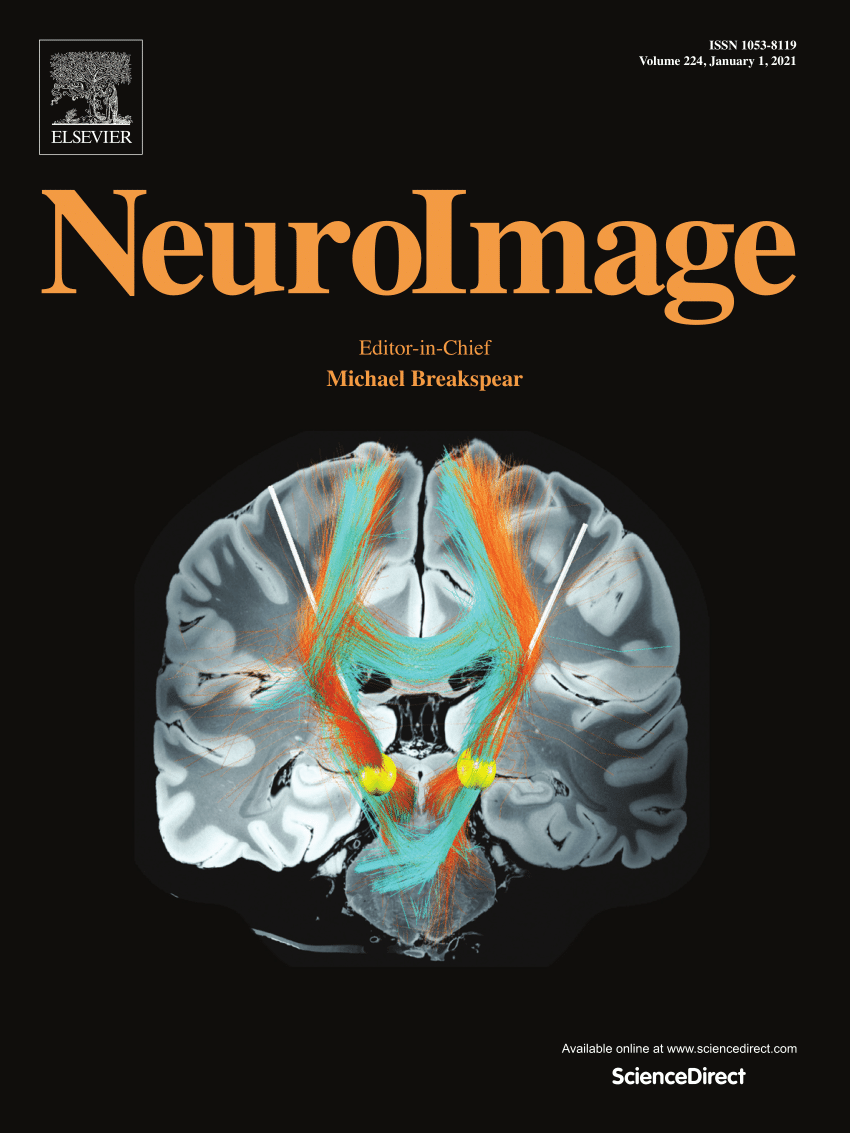Screening tools for subjective cognitive decline and mild cognitive impairment based on task-state prefrontal functional connectivity: a functional near-infrared spectroscopy study
IF 4.7
2区 医学
Q1 NEUROIMAGING
引用次数: 0
Abstract
Background
Subjective cognitive decline (SCD) and mild cognitive impairment (MCI) carry the risk of progression to dementia, and accurate screening methods for these conditions are urgently needed. Studies have suggested the potential ability of functional near-infrared spectroscopy (fNIRS) to identify MCI and SCD. The present fNIRS study aimed to develop an early screening method for SCD and MCI based on activated prefrontal functional connectivity (FC) during the performance of cognitive scales and subject-wise cross-validation via machine learning.
Methods
Activated prefrontal FC data measured by fNIRS were collected from 55 normal controls, 80 SCD patients, and 111 MCI patients. Differences in FC were analyzed among the groups, and FC strength and cognitive scale performance were extracted as features to build classification and predictive models through machine learning. Model performance was assessed based on accuracy, specificity, sensitivity, and area under the curve (AUC) with 95 % confidence interval (CI) values.
Results
Statistical analysis revealed a trend toward more impaired prefrontal FC with declining cognitive function. Prediction models were built by combining features of prefrontal FC and cognitive scale performance and applying machine learning models, The models showed generally satisfactory abilities to differentiate among the three groups, especially those employing linear discriminant analysis, logistic regression, and support vector machine. Accuracies of 92.0 % for MCI vs. NC, 80.0 % for MCI vs. SCD, and 76.1 % for SCD vs. NC were achieved, and the highest AUC values were 97.0 % (95 % CI: 94.6 %-99.3 %) for MCI vs. NC, 87.0 % (95 % CI: 81.5 %-92.5 %) for MCI vs. SCD, and 79.2 % (95 % CI: 71.0 %-87.3 %) for SCD vs. NC.
Conclusion
The developed screening method based on fNIRS and machine learning has the potential to predict early-stage cognitive impairment based on prefrontal FC data collected during cognitive scale-induced activation.
基于任务态前额叶功能连接的主观认知能力下降和轻度认知障碍筛查工具:功能性近红外光谱研究。
本文章由计算机程序翻译,如有差异,请以英文原文为准。
求助全文
约1分钟内获得全文
求助全文
来源期刊

NeuroImage
医学-核医学
CiteScore
11.30
自引率
10.50%
发文量
809
审稿时长
63 days
期刊介绍:
NeuroImage, a Journal of Brain Function provides a vehicle for communicating important advances in acquiring, analyzing, and modelling neuroimaging data and in applying these techniques to the study of structure-function and brain-behavior relationships. Though the emphasis is on the macroscopic level of human brain organization, meso-and microscopic neuroimaging across all species will be considered if informative for understanding the aforementioned relationships.
 求助内容:
求助内容: 应助结果提醒方式:
应助结果提醒方式:


